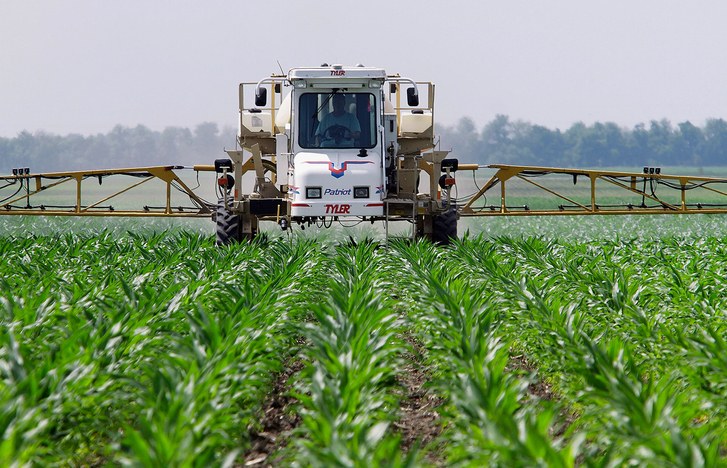 Jaime Adams at U.S. Department of Agriculture explores the role of open data technology and if this can help feed the whole world.
Jaime Adams at U.S. Department of Agriculture explores the role of open data technology and if this can help feed the whole world.
Over 7.4 billion people currently inhabit the Earth and an estimated 800 million go to bed hungry every night – predominantly women and children. Experts tell us we currently produce enough food to adequately feed the global population, so why do so many go to bed hungry? What steps must we take to reduce this number as the global population is projected to grow to over 9.7 billion people by 2050?
If we are going to feed the world, we need open data policies, especially in government, to enable comprehensive decisions based on facts and evidence. This global perspective will help identify existing data and data gaps and sharpen the focus on how open data can foster innovation and collaborative research, enabling comprehensive solution sets.
What is open data and what does it mean to have an open data policy in government? Generally speaking, open data is data that can be freely used, reused and redistributed by anyone. The adoption of government policies to open government data promotes value creation, accountability and transparency. The Global Open Data for Agriculture and Nutrition (GODAN) initiative – comprising more than 600 international organisations representing governments, donors, businesses and not-for-profits – continues to be a leader in advocating for the adoption of open data policies. GODAN focuses on opening agriculture and nutrition data as a mechanism to support sustainable development and solve long-standing global food security challenges.
People around the world use data to make decisions every day. Although we may not see or understand all of the intricate details, we utilize vast amounts of data every day. For example, when heading out of town, most of us check the forecast wherever in the world we are traveling to before packing our bags. If the forecast calls for rain, we pack an umbrella and a raincoat. If it is going to be cold, perhaps we pack gloves and a hat. How much data does a service like weather forecasting require? The National Centers for Environmental Information (NCEI) is a critical open government data source that has enabled global weather forecasting. The NCEI “hosts and provides public access to one of the most significant archives for environmental data on Earth.” The NCEI provides over 25 petabytes of comprehensive global atmospheric, coastal, oceanic and geophysical data.
We haven’t always had the luxury of detailed weather forecasting at the tip of our fingers. Only in the last 10-15 years has technology enabled us to consume the information produced from this vast data source, through smart phone weather applications. And yet today, when we travel we may find ourselves packing food in our suitcase because we don’t know what may be available when we arrive. A farmer may not know the best market to sell their products at the best prices. A mother may not have access to nutritious food for her child or have the tools/knowledge to make better choices in selecting nutritious food within what is available. We have a global, comprehensive, open data set that enables weather forecasting, but nothing comparable to food security? Open agriculture and nutrition data is a powerful tool, critical for solving global food insecurity, yet currently, we do not have a global, comprehensive data ecosystem that spans the global farm to fork spectrum.
We can do better. The decisions made to address food security are valiant attempts to do the best with the information currently available, but we can and should do better. Ensuring that decision makers are fully informed enables good decisions. A first step would be for governments around the world to adopt and implement open data policies. Second, when implementing open data policies, FAIR (Findable, Accessible, Interoperable, Reusable) principles should be applied. FAIR is a useful framework for thinking about sharing data in a way that will enable maximum use and reuse. A testament to the U.S. commitment to make agriculture and nutrition data available, accessible and usable for unrestricted use worldwide is the publication of U.S. government data that is continuously uploaded within the consolidated Federal catalogue at www.data.gov. The U.S. Department of Agriculture (USDA) has made over 800 datasets publicly available through Data.gov. USDA welcomes suggestions from the public for additional datasets to make open, this enables USDA to prioritise resources with a focus toward improved customer service.
Eight hundred million people go to bed hungry every night. If the situation does not improve and population grows as predicted, the number of people that go hungry every night may dramatically increase by 2050. By making data open and building capacity for open data use by all stakeholders, we stimulate economic growth and support farmers, scientists, consumers and entrepreneurs who are working to solve the world’s long-term food security needs. If we can forecast the weather around the world utilizing today’s available data and technologies, we have the capacity to solve global food insecurity. We need a global comprehensive data ecosystem to enable and empower us to find the right balance of solutions.


